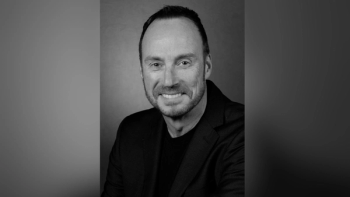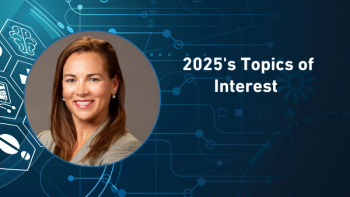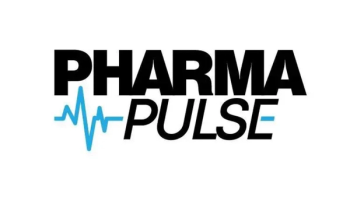
Bridging Access Gaps
In the third part of her Pharma Commerce video interview, Maggie McCullough, PolicyMap’s CEO, comments on how mobile and digital solutions can be deployed effectively to close the gap in areas identified as pharmacy deserts.
In a video interview with Pharma Commerce, Maggie McCullough, PolicyMap’s CEO, highlights how geospatial mapping can play a critical role in identifying and addressing pharmacy deserts—areas where access to pharmacies is limited or nonexistent. With an estimated 17.7% of the US population affected, the issue is increasingly urgent, particularly as major chains like Rite Aid close locations. Using Philadelphia as a case study, McCullough explains that 13% of the city’s pharmacy locations were Rite Aid stores, and their closure could significantly impact local access to medications and health services.
Geospatial tools like PolicyMap allow stakeholders to visualize not just where pharmacies are closing or opening, but also the broader context of the communities they serve. This includes assessing whether alternative pharmacy options exist nearby and evaluating how easily residents can access them. Physical distance is only part of the picture—transportation availability, such as car ownership or access to public transit, is also crucial.
McCullough further emphasizes that pharmacy access now extends into the digital realm. Telepharmacy is a growing solution, but it requires reliable internet access and digital devices—resources not all households have. Understanding these additional barriers is essential for designing effective interventions.
By layering geographic, transportation, and socio-economic data, mapping platforms can help policymakers, health systems, and community organizations proactively identify at-risk areas before they become pharmacy deserts. This data-driven approach enables more targeted responses that account for the real-life conditions affecting healthcare access, including digital equity.
McCullough also comments on what PolicyMap’s data reveals about the relationship between pharmacy access and broader health disparities in underserved communities; how mobile and digital solutions can be deployed effectively to close the gap in areas identified as pharmacy deserts; how data-driven insights support PBMs and healthcare leaders in negotiating fairer drug pricing; and much more.
A transcript of her conversation with PC can be found below.
PC: How can mobile and digital solutions be deployed effectively to close the gap in areas identified as pharmacy deserts?
McCullough: Their successful deployment, in my opinion, is completely dependent on understanding the data in the communities, because there are two different solutions for two different types of communities.
For a mobile pharmacy, it's one thing to know, okay, this community is not served by a physical pharmacy. Let's see if we can serve it by a mobile pharmacy. Picking the precise locations where that mobile pharmacy will be successful is crucial. Again, understanding life at a neighborhood level, what are those people doing every day? How can we marry the location of that mobile clinic? How can we marry it to what people are already doing, such as if they're taking public transit, putting it up next to a transit hub where they're going to the grocery store. If this is the community that picks up and drops off its kids at school, being at that school.
These are all community institutions that are mappable, and you can figure out the route that a mobile pharmacy should best take to be successful. The digital one is also fascinating. I think all of us during COVID, well, many of us—not the entire population—was able to access it, but we started doing telehealth. It was fantastic. So telepharmacy is the same idea; it’s an amazing tool. But there are places in this country—and this is where the data is extraordinarily important—particularly in the Midwest and the South, where there are neighborhoods where 50% of the people that live in a neighborhood do not have internet access. If you deploy a telehealth solution in that place, it's not going to be as successful as it could be deployed elsewhere.
Then, there's actually the issue of having a handheld like a smartphone or a computer at home, something that you can access the internet with, because you need to be able to log on to the pharmacy portal or text with the pharmacy, know when it's time to pick up your scripts, know if there's a problem having insurance pay for it. All of that communication happens digitally in a telepharmacy, so if people can't access it, we're just in the same position as we are with having a pharmacy desert. So with those solutions, it's like they about real estate. It's location, location, location.
Newsletter
Stay ahead in the life sciences industry with Pharmaceutical Commerce, the latest news, trends, and strategies in drug distribution, commercialization, and market access.





